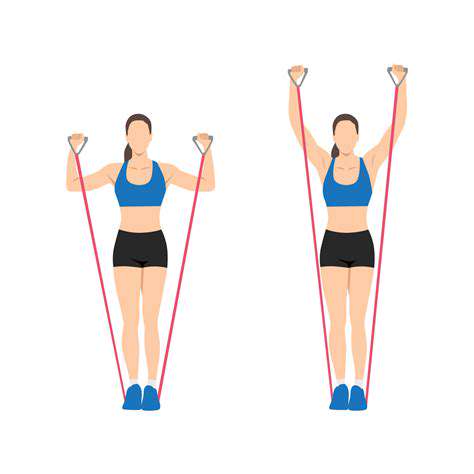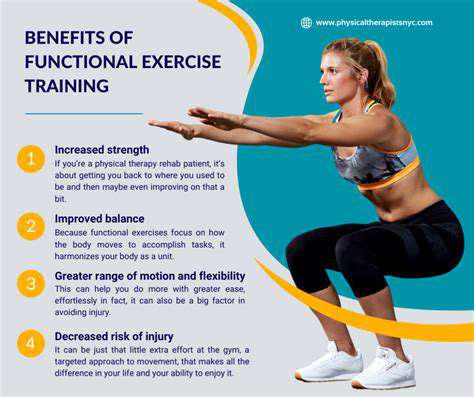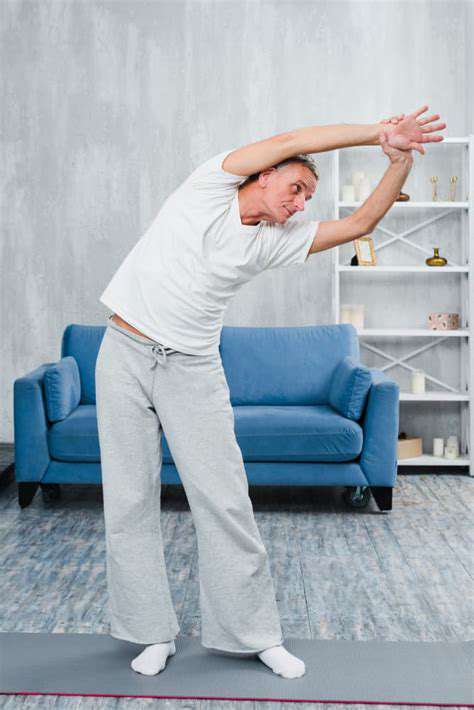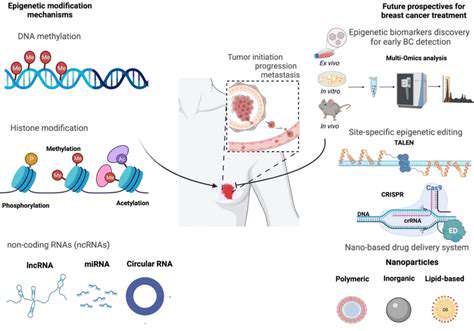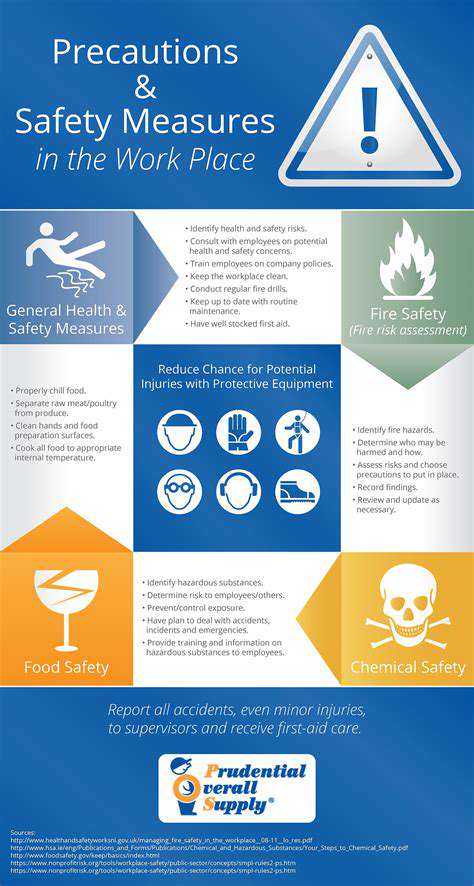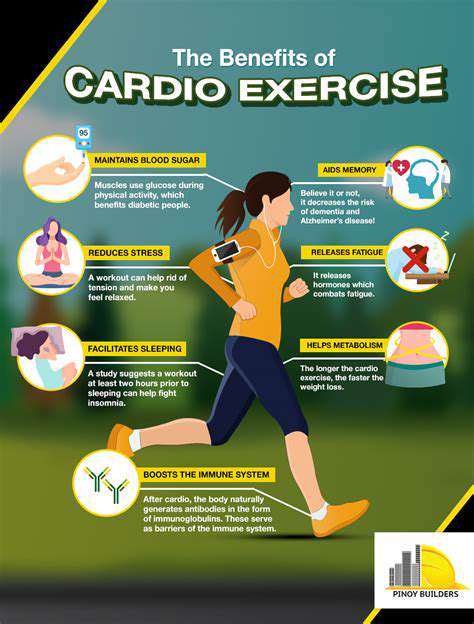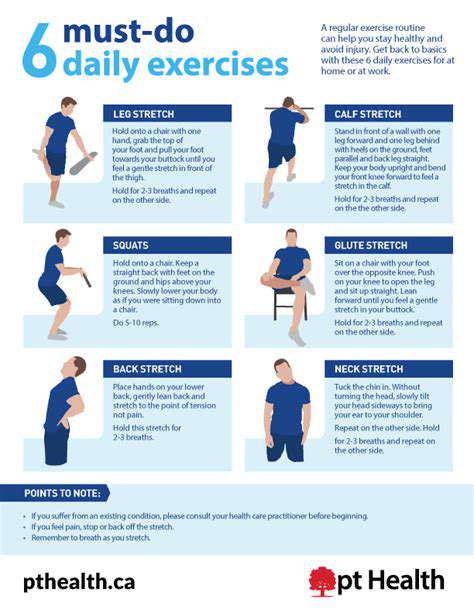Vitamin D and Strength Training: A Senior's Guide
Importance of Vitamin D for Seniors
Vitamin D plays a crucial role in maintaining bone health, but its benefits extend to multiple systems that are particularly important for aging adults. Beyond supporting skeletal strength, adequate vitamin D levels contribute to immune function and muscle performance - two areas where seniors often experience natural decline. The consequences of vitamin D deficiency can be especially severe for older adults, as fractures often lead to prolonged recovery periods and can significantly impact independence and quality of life.
Vitamin D's role in immune function deserves special attention for seniors. As our immune systems naturally weaken with age, maintaining robust defenses against infections becomes more challenging. Research indicates that vitamin D helps regulate immune responses, potentially reducing both the frequency and severity of illnesses in older adults. This immune support may be particularly valuable during cold and flu season or in the face of other common infections.
Dietary Strategies for Vitamin D Intake
While sunlight remains our primary natural source of vitamin D, certain foods can contribute meaningfully to our daily intake. Fatty fish like salmon and mackerel are among the richest natural sources, while egg yolks and fortified dairy products provide smaller but still valuable amounts. For seniors who may have limited sun exposure or absorption issues, strategically incorporating these vitamin D-rich foods can help bridge the gap between what they need and what they're getting.
It's important to recognize that diet alone rarely provides sufficient vitamin D for seniors. The amounts found in most foods simply can't match what our bodies can produce from sun exposure. This reality makes professional guidance particularly valuable - a nutritionist or physician can help assess individual needs and create a personalized plan that combines dietary sources with appropriate supplementation when needed.
Sun Exposure Guidelines for Vitamin D Synthesis
Sunlight triggers vitamin D production in our skin, but finding the right balance of exposure can be tricky - especially for seniors. Midday sun tends to be most effective for vitamin D synthesis, yet this is also when UV rays are strongest and most likely to cause skin damage. The optimal approach involves brief, regular exposures rather than prolonged sessions, with careful attention to skin type and local climate conditions.
Several factors influence how effectively our bodies produce vitamin D from sunlight. Darker skin contains more melanin, which naturally protects against UV damage but also slows vitamin D production. Geographic location matters too - those living farther from the equator get less intense sun exposure year-round. For seniors, these variables mean that personalized advice from a dermatologist or primary care provider can be invaluable in developing a safe, effective sun exposure strategy.
Supplementation Considerations for Seniors
For many seniors, supplementation becomes necessary to maintain adequate vitamin D levels. However, this isn't a case where more is always better. Vitamin D is fat-soluble, meaning excess amounts can accumulate in the body and potentially reach toxic levels if intake isn't properly monitored. This makes professional guidance essential when considering supplements.
The ideal supplementation approach considers multiple factors unique to each individual. Current vitamin D levels (as measured by blood tests), overall health status, medication use, and even body weight all influence appropriate dosing. Regular monitoring through blood tests helps ensure that supplementation remains both effective and safe over time, allowing for adjustments as needed.
The Role of Strength Training in Vitamin D Optimization
Physical activity, particularly strength training, creates a powerful synergy with vitamin D for senior health. Resistance exercises not only build muscle mass but may also enhance the body's ability to utilize available vitamin D effectively. This combination of adequate vitamin D and regular strength training can significantly reduce fracture risk by improving both bone density and the muscle strength needed to prevent falls.
The benefits of this approach extend beyond just bones and muscles. Improved strength and balance contribute to greater confidence in movement, encouraging more physical activity overall. This creates a positive cycle where exercise enhances vitamin D utilization, which in turn supports the musculoskeletal system's ability to stay active and independent. For seniors looking to maximize their health, this integrated approach - combining sensible sun exposure, targeted nutrition, appropriate supplementation, and regular strength training - offers the most comprehensive protection against age-related decline.
